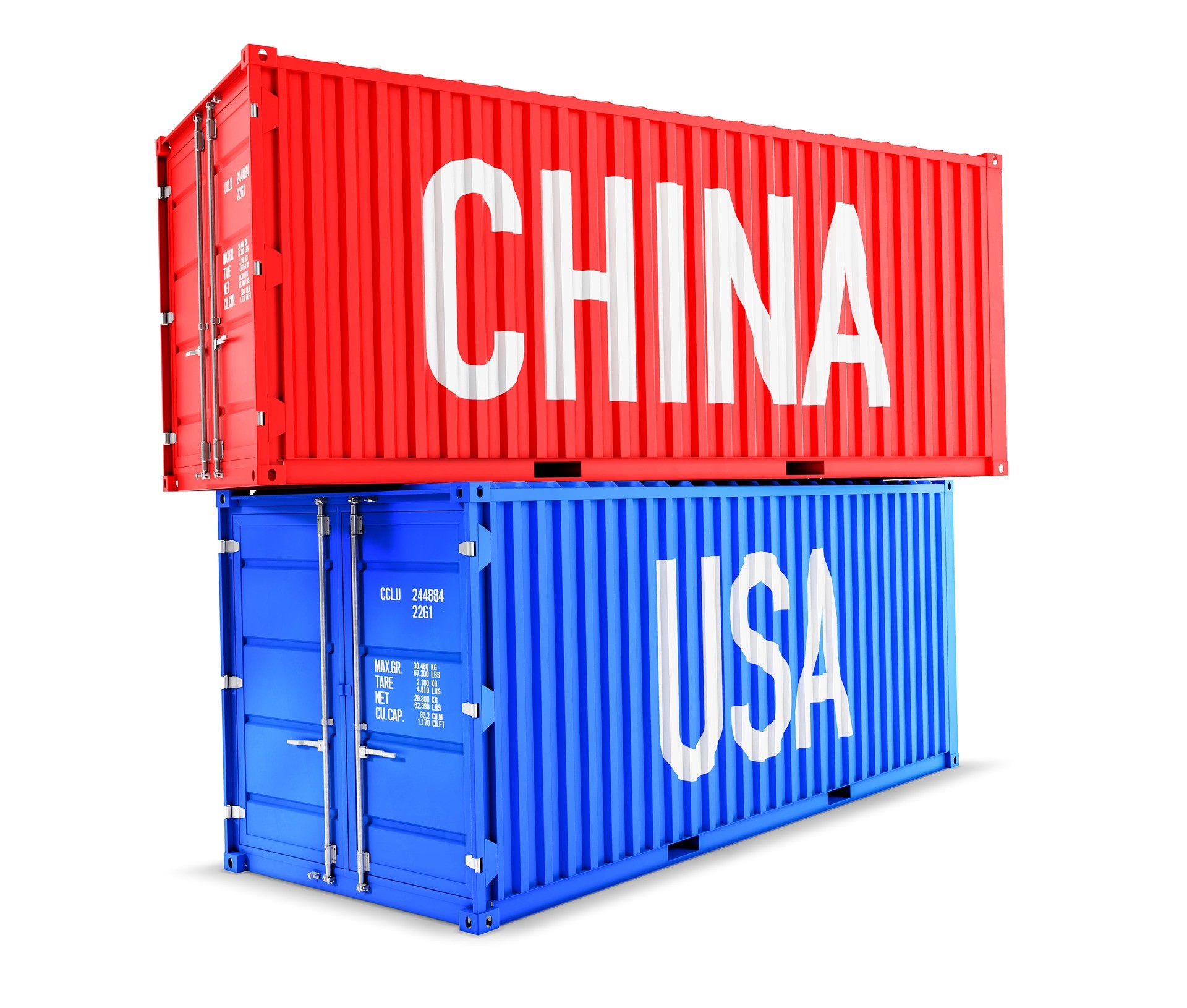NN IP: Trade truce reduces recession risk

- Long-awaited trade deal and UK Conservatives’ electoral victory fuel uptick in risk appetite
- We added risk by opening an overweight in spreads and an underweight in US Treasuries
- Initial trade deal offers hope on key issues of tariffs and IP protection, but loose ends remain
The partial US-China trade deal and the UK Conservative Party’s electoral victory have further boosted risk appetite in financial markets. Risky assets had already benefited from improving expectations in recent months regarding the trade negotiations and the UK elections, but on both fronts the outcome has exceeded expectations. The trade agreement incorporates more extensive tariff reductions than expected and will likely include arrangements regarding China’s currency regime and the difficult topic of forced technology transfers for US companies seeking a local presence in China. And the anticipated Conservative win in the 12 December election turned out to be a landslide, making an end-January Brexit almost a given.
Adding risk to our multi-asset portfolios
In our tactical asset allocation, we were positioned for a positive outcome for both the trade negotiations and the UK elections. But as we considered the risk of disappointment to be substantial on both fronts, our risk tilt was only modest, with a small overweight in equities and a preference for the more cyclical sectors within this asset class. Following the better-than-expected trade deal and sharply reduced Brexit uncertainty, we have added risk to our multi-asset portfolios.
On an asset class level, we opened a small overweight in spread products and a small underweight in US Treasuries. We implemented the overweight in spreads via high yield credit and emerging market hard currency debt, with the aim of benefiting from the strong price momentum and the reduced risk of a recession scenario following the trade deal. The underweight in US Treasuries was motivated partly by the lower risk of an adverse economic scenario, but also by the somewhat better macro data in recent months and our perception that despite the better data, the Fed still has a high threshold to hike interest rates.
Phase-one trade deal buys time by averting crisis scenario
But let’s take a closer look at the partial trade deal that the US and China claim to have struck. Before analysing what will be in it and what will be left for future negotiations, we must stress that much of the investor excitement stems from the aversion of a no-deal scenario. If the two sides had left the negotiating table without an agreement, the damage to the economy and financial markets would have been significant. For now, an escalation in trade hostilities and geopolitical tensions has been avoided. This increases the likelihood that the tentative signs that the global economy is bottoming out will continue to strengthen, leading to a sustainable recovery. This, in turn, would eliminate some of the uncertainty that has kept businesses worldwide from committing to new capital expenditure.
We still believe that a full normalisation of US-Chinese relations is not on the cards and that the risk of further escalation will increase as the US elections approach. Still, the phase-one deal gives both countries more time to adjust and prepare for a gradual economic decoupling in the coming years. This is particularly crucial for China, as it is still highly dependent on technological imports. The country needs to continue developing its own high-tech industry at a fast pace, while fostering close free-trade relationships with Europe and other innovative countries such as Japan and South Korea.
Tariff reductions and trade commitments align with expectations
Looking at the US-China deal, we can only assess what has been made explicit by the two sides. There is no written agreement yet – expectations are that papers will be prepared for an official signing in the first weeks of 2020. Knowing how rocky and unpredictable the negotiations have been in the past year, we take this with a pinch of salt.
For now, the tariff reductions are the most important thing. The US and Chinese tariffs that were announced for 15 December have been suspended, and the US has committed to halving the tariffs that it imposed in September on about USD 110 billion of Chinese goods from 15% to 7.5%. Some media sources had projected more substantial tariff cuts, but in general, expectations were low for tariffs that had been imposed in the past year to be reduced.
China’s commitment to buy at least USD 40 billion of US agricultural goods largely aligns with expectations. At this stage it is not clear whether these purchases will be linked to tariff reductions in the event of compliance or tariff snapbacks for non-compliance. China also committed to increasing imports from the US by USD 200 billion over the next two years, but from what we currently know, this commitment is somewhat vague.
Loose ends remain on sensitive issues
One area where the negotiators have made good progress is intellectual property protection. The US seems happy with China’s promises to provide more transparency on trade in general and to address concerns about pharmaceutical-related intellectual property, trademarks and enforcement against counterfeit goods. The highly sensitive issues of intellectual property in high-tech industries and cyber security will not be part of the phase-one deal; rather, they will be left for the more difficult upcoming round of negotiations.
China’s commitment to address the issue of forced technology transfers remains rather vague from what we currently know. This is among the toughest issues to solve, as China remains reluctant to give any ground here. The same can be said of the topic of alleged exchange rate manipulation. The US has always been vocal about the Chinese misusing their currency to unfairly compete with US companies. With most economists agreeing that, if anything, the renminbi is overvalued, we view any Chinese concession on this topic as purely symbolic. The Chinese government will never give up its autonomous control over the exchange rate. And any promise to keep the renminbi in a tight trading range is of dubious value. At the same time, we understand that in a scenario of further trade de-escalation, the Chinese government will be happy with a stable currency close to current levels.
Ultimately, until the official phase-one trade deal is signed, many loose ends will remain. There is still a risk that some of the commitments will be excluded from the official text or will appear only in a watered-down form. Nevertheless, this agreement represents an important step. A crisis scenario has been averted for now. This increases the likelihood of a global economic recovery and continued strength in financial markets in the first months of the new year.










